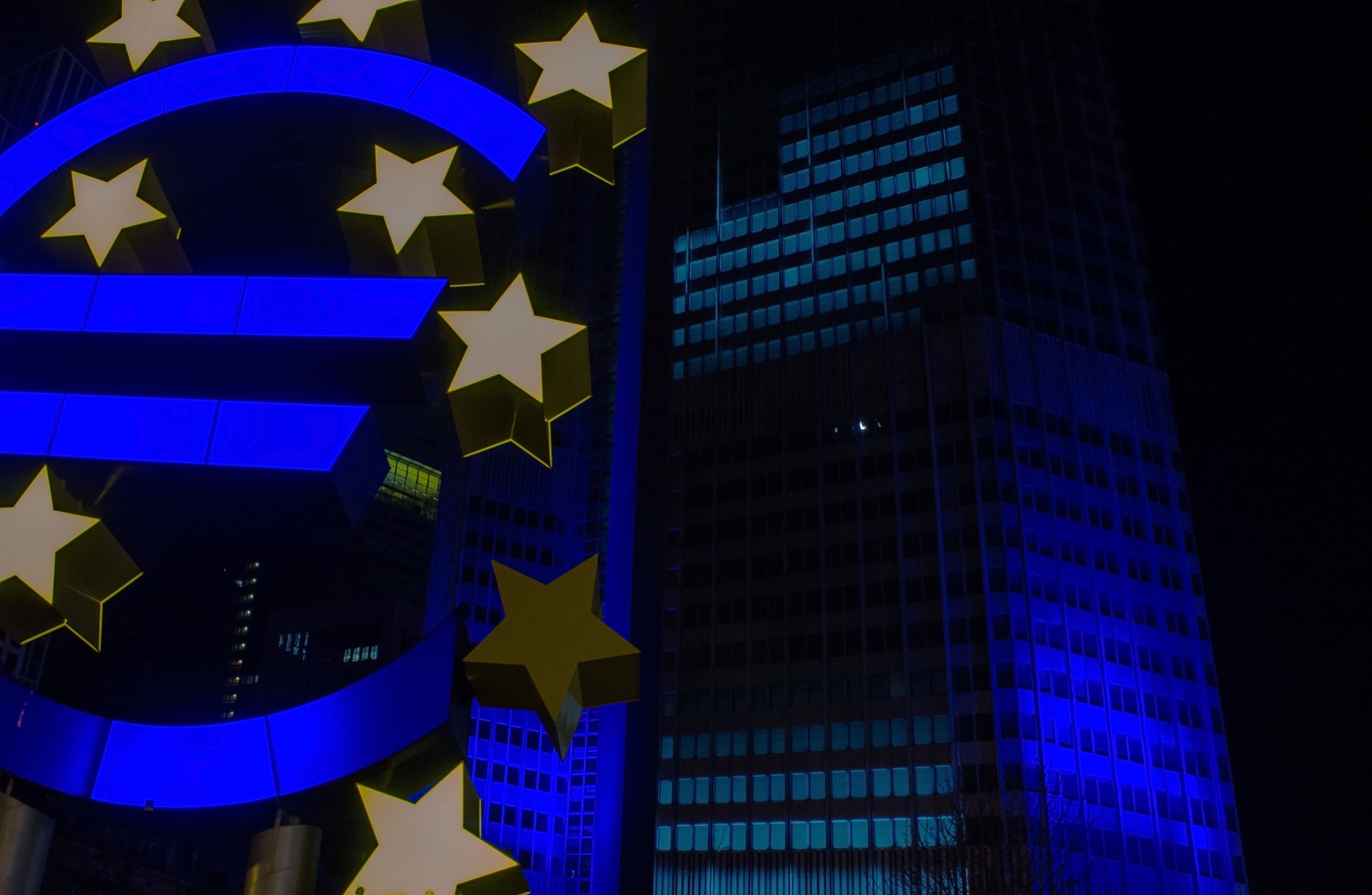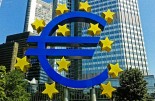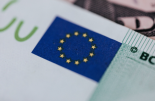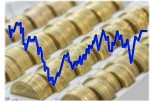Fidelity International: ECB 'well positioned' to cut

Commenting on today’s European Central Bank decision, Max Stainton, Senior Global Macro Strategist at Fidelity International, said:
The European Central Bank (ECB) continued its meeting-by-meeting cutting pace, lowering its deposit rate by 25 basis points (bps) to 2%, the bank’s seventh consecutive cut. The depth and cadence of the bank’s cuts continue to be driven by the global effects of the April 2nd ‘Liberation Day’ tariffs, as well as domestic disinflation drivers that have been in train for some time.
On the international front, euro strength, limited/targeted retaliation, commodity weakness and trade diversion, have all moved to keep upside trade inflation risk in check. Meanwhile on the domestic front, country-level services inflation fell back in May, and negotiated wages took another step down, all suggesting that domestically-generated inflation will continue to moderate.
Given all this, it came as little surprise that ECB staff downgraded their 2025 and 2026 expectations for headline inflation by 30bps, to 2% in 2025, and 1.6% in 2026, during this quarterly forecasting round. While the statement provided little forward guidance, it was sandwiched by dovish colouring on inflation, with the Governing Council viewing inflation as 'currently at' the bank’s 2% target, and an assessment that most measures of underlying inflation suggest inflation will stay at target 'on a sustained basis'.
In the press conference, President Lagarde also refrained from providing definitive forward guidance, and instead emphasised the downside trade war scenario that the ECB staff generated for this forecasting round, which sees both growth and inflation falling below baseline projections.
President Lagarde also emphasised lack of confidence on the growth outlook, highlighting the seemingly positive growth outlook for 2025 is mainly a function from strong momentum from Q1. Most significantly, the ECB scenario analysis shows downside asymmetry is building for inflation, with inflation clearly lower in the escalation scenario, but largely unaffected in the trade resolution scenario.
This tracks with our own outlook for Europe, which sees a 75bps growth shock coming from US tariffs, and inflation remaining below target for the rest of this year and next. Unlike the ECB, we have already incorporated the effects of a lingering trade war shock in our outlook, and as a result expect growth in the Euro area to see a significant slowdown in the second half of this year. We retain our base case outlook that the ECB’s terminal rate will move to 1.5%, likely in Q4 of this year as the ECB waits to assess the full impact of the tariff shock before cutting definitively below neutral.









